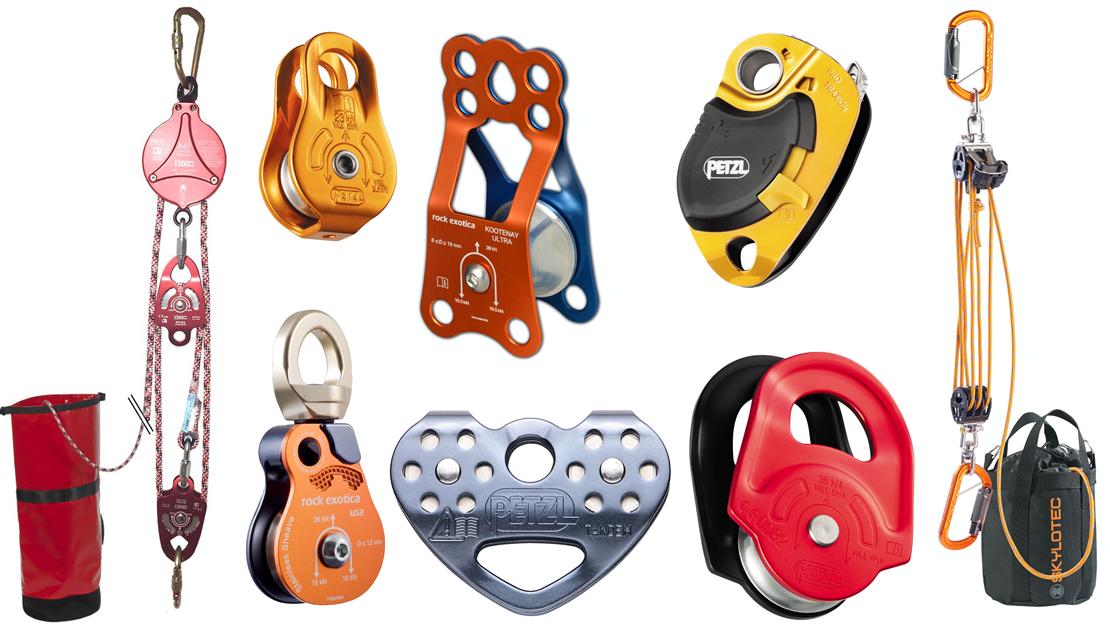
A buying guide for Pulleys
There are two important factors that determine the efficiency of a pulley:
- Sheave diameter
- Bearings / Bushings
The larger the sheave diameter, the higher the efficiency
Sealed ball bearings are very efficient and do not require maintenance
Bushings are normally self-lubricating but do require regular maintenance
Other considerations relate to use:
- High-efficiency
- Progress capture
- Prusik minding
- Single
- Transport
- Pulley karabiners
- Specialist
- Haul kits
Versatile and manufactured for intensive use.
Integrated progress capture function replaces the traditional pulley / rope clamp configuration
Designed for use with a prusik friction hitch (to build a progress capture system). The shape of the side plate prevents the prusik knot from jamming the pulley.
Lightweight pulleys where efficiency is not an important factor i.e. redirects
Two aligned sheaves designed for movement along a rope or cable.
These enable the rope to be installed when the pulley karabiner is connected to an anchor / device and can be used as a directional point.
Designed for a particular application i.e. passing knots or use on a lift cable.
Pre-rigged pulley systems used for pick-off rescues, making a releasable anchor or for use in a tensioning system.
Certification
EN 12278 Mountaineering equipment. Pulleys
EAC
NFPA 1983 Technical Use
UIAA 127 Pulleys